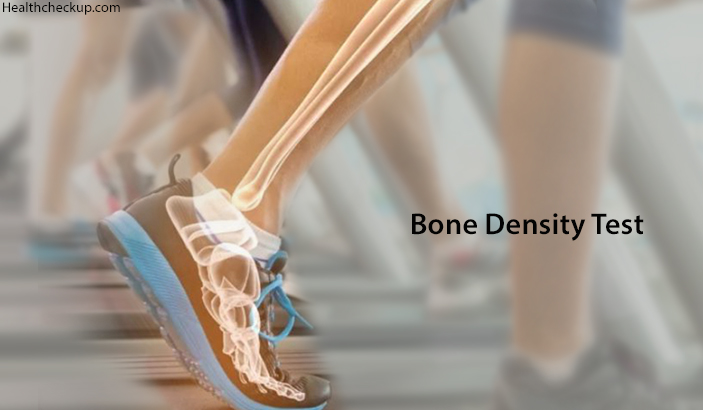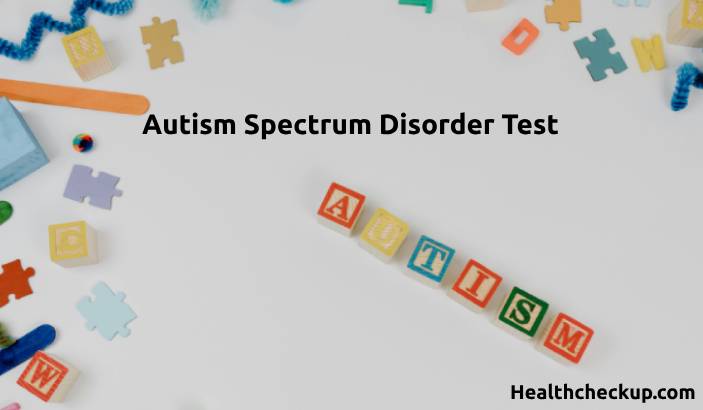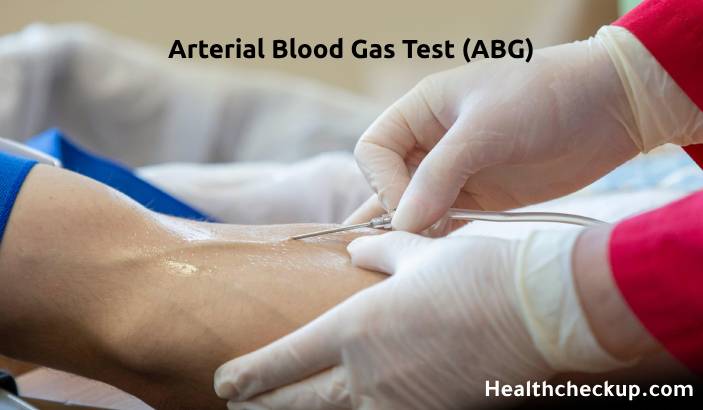Bones provide the support and strength that our body needs. They work as a protective barrier for delicate organs and are also responsible for producing desired movements.
Bones contain inorganic salts of calcium which constitute 2/3rd of the bone composition. These salts provide the bones with the required rigidity, firmness and resistance to compression from weight; thus maintaining the shape of bones.
You may be Advised A bone Density Test If You Belong to The high Risk Group Including
- Men older than 70 years
- Menopausal women 65 years or older
- Family history of early osteoporosis
- Medical conditions which can cause bone loss are:
- Autoimmune disorders like SLE, rheumatoid arthritis, multiple sclerosis, Ankylosing spondylitis
- Endocrine disorders like low testosterone levels in men, thyroid disorders and diabetes.
- Digestive disorders like weight loss surgery, inflammatory bowel disease and celiac disease.
- Hematological disorders like multiple myeloma and sickle cell anemia
- Neurological conditions like Parkinsonism, stroke and multiple sclerosis.
- Other conditions like HIV, eating disorders, history of recent organ transplant and chronic kidney disease.
- Being on certain medications can cause bone loss like corticosteroids, thyroid drugs, anti-epileptics, proton pump inhibitors, chemotherapeutic drugs
On being advised a bone mineral density test, the first doubt that arises in patient’s mind is regarding bone density test preparation and what does it show.
What does A Bone Density Test Show?
A bone mineral density test or a bone density test is a way to detect bone health. It is also called a bone mass measurement test. Lesser the bone density, greater are your chances of having osteoporosis and fractures.
It measures the density of calcium and other minerals present within your bones. This test is used for diagnosis of osteoporosis (a condition where the bone density is reduced increasing the risk for fractures).
Bone mineral density can be measured by one of the following four methods depending upon the cause for which it is being done:
- Dual- Energy X-ray Absorptiometry (DEXA): This is the most accurate way to measure bone mineral density. It uses x-ray beams to analyze bone density of hips and spine.
- Peripheral Dual-Energy Absorptiometry (P-DEXA): It is a type of DEXA scan which measures bone density of peripheral sites like legs, wrist or arms. This method uses low doses of radiation and gives faster result as compared to DEXA scan. This is the most frequently used test to measure bone mineral density.
- Ultrasound: Bone mineral density is assessed by using sound waves. It is quick, harmless and associated with no risk for radiation exposure. Ultrasound cannot measures bone density of hips and spine.
- Quantitative computed tomography (QCT): This type of scan uses higher doses of radiation and is less accurate as compared to DEXA and P-DEXA.QC measures bone density of the spine.
Bone Density Test Preparation
Bone density test requires the following preparation
- You require stopping calcium supplements at least 24 hours prior to your test.
- Do not wear clothes having zippers or metal accessories. The technician at the radiologist’s office generally provides a gown to change before the x-ray.
- Ornaments are to be removed prior to the test.
- If you have had a CT or MRI scan recently with contrast, then you need to take the test after a period of at least 7 days.
- You are advised to carry your old medical reports or treatment history (if you are one any).
- You must discuss with your doctor if you have prosthetics like heart valves or joint prosthetics.
The test is not recommended for pregnant women due to high radiation exposure.
Bone Density Test Procedure
A bone mineral density test is usually performed at a radiologist’s office. The procedure for bone density test using DEXA is:
- The patient is asked to lie down on a table.
- A scanner which is mounted passes over the patients’ body and the machine captures X-ray images of the spine and hips.
- As the machine scans bones, it measures how much radiation is absorbed by them.
- Testing the hip and spine is the most reliable way to determine bone density since these two parts are most likely to suffer fractures due to osteoporosis.
If a P-DEXA machine is used for analyzing bone mineral density, then the procedure is as follows:
- Since the machine is portable, it is quite easy to measure bone density at any place. This machine is often used for the purpose of screening where large amount of people are to be checked.
- For this test, if the leg or arm is supposed to be checked for bone density, the patient is asked to keep the arm or leg inside the machine for evaluation.
For an ultrasound, the heel is examined.
Bone Density Test Results and Interpretation
The bone density test result is presented in terms of T-score and Z-score.
T-score indicates bone density values in comparison to ideal values. According to the World Health Organization, T-score values to determine bone density are:
| T-score value | Interpretation |
| More than or equal to -1.0 | Normal |
| -1.0 to -2.5 | Low bone density/ osteopenia |
| Less than or equal to -2.5 | Osteoporosis |
A Z-score shows your bone density values in comparison to the normal values of people belonging to your age, sex, weight, height and ethnicity. Z-score less than -2.0 indicates less bone density.
Diagnosis or osteoporosis however, should not be done only on the basis of bone density test in children, younger men and pre-menopausal women.
How Long Does A Bone Density Test Take?
Bone density testing DEXA or P-DEXA is a painless test which takes up to 10-15 minutes.
How Often Should you have A Bone Density Test?
If your test results are normal and you do not belong to the high risk group, you can repeat bone mineral density test once in 2-3 years.
However, patients who are in the high risk group or under treatment for osteoporosis, bone density test is repeated every year or as advised by the doctor.
Dr. Himanshi is a Homoeopathic consultant and currently working as a lecturer in Post-graduate faculty of Homeopathy, Parul University, Vadodara. Completed BHMS and MD in Homeopathy in January 2018 and also has a clinical experience of about 6 years. Personal interests include reading, spending time with family and traveling.








